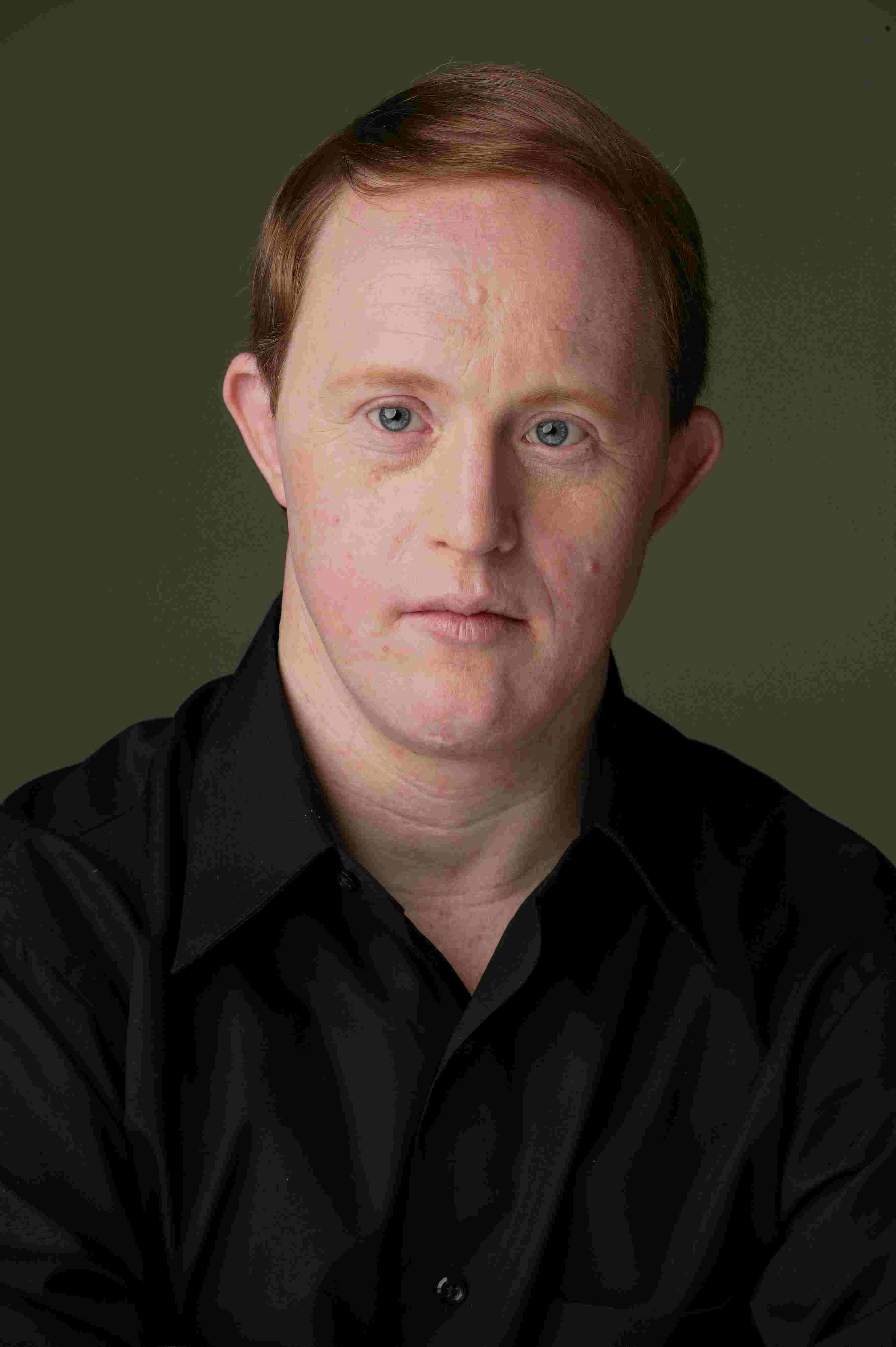Down syndrome
Enlarge text Shrink text- MESH(Down syndrome: x Mongolism; Trisomy 21. Was Down's syndrome 1975-92; Mongolism 1966-74)
- Random House(Down syndrome. Also Down's syndrome. Formerly mongolism. Also called trisomy 21.)
- Am. herit. dict.(Down syndrome or Down's syndrome)
Down syndrome or Down's syndrome, also known as trisomy 21, is a genetic disorder caused by the presence of all or part of a third copy of chromosome 21. It is usually associated with developmental delays, mild to moderate intellectual disability, and characteristic physical features. The parents of the affected individual are usually genetically normal. The incidence of the syndrome increases with the age of the mother, from less than 0.1% for 20-year-old mothers to 3% for those of age 45. It is believed to occur by chance, with no known behavioral activity or environmental factor that changes the probability. Usually, babies get 23 chromosomes from each parent for a total of 46, whereas in Down syndrome, a third 21st chromosome is attached. The extra chromosome is provided at conception as the egg and sperm combine. In 1–2% of cases, the additional chromosome is added in the embryo stage and only impacts some of the cells in the body; this is known as Mosaic Down syndrome. Translocation Down syndrome is another rare type. Down syndrome can be identified during pregnancy by prenatal screening, followed by diagnostic testing, or after birth by direct observation and genetic testing. Since the introduction of screening, Down syndrome pregnancies are often aborted (rates varying from 50 to 85% depending on maternal age, gestational age, and maternal race/ethnicity). There is no cure for Down syndrome. Education and proper care have been shown to provide better quality of life. Some children with Down syndrome are educated in typical school classes, while others require more specialized education. Some individuals with Down syndrome graduate from high school, and a few attend post-secondary education. In adulthood, about 20% in the United States do some paid work, with many requiring a sheltered work environment. Caretaker support in financial and legal matters is often needed. Life expectancy is around 50 to 60 years in the developed world, with proper health care. Regular screening for health issues common in Down syndrome is recommended throughout the person's life. Down syndrome is the most common chromosomal abnormality, occurring in about 1 in 1,000 babies born worldwide, and one in 700 in the US. In 2015, there were 5.4 million people with Down syndrome globally, of whom 27,000 died, down from 43,000 deaths in 1990. The syndrome is named after British physician John Langdon Down, who dedicated his medical practice to the cause. Some aspects were described earlier by French psychiatrist Jean-Étienne Dominique Esquirol in 1838 and French physician Édouard Séguin in 1844. The genetic cause was discovered in 1959.
Read more on Wikipedia >
 Topic
Topic









